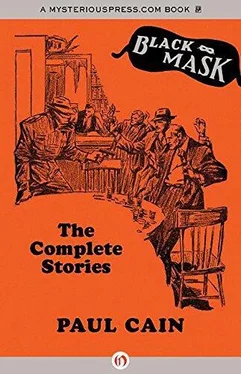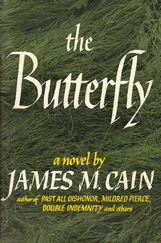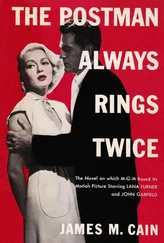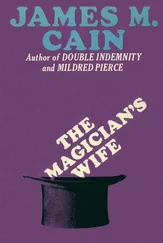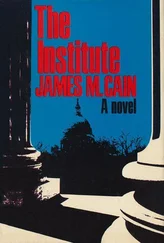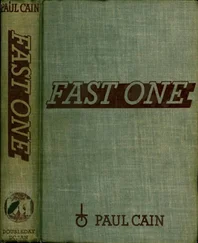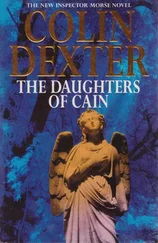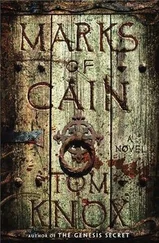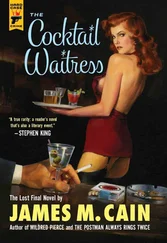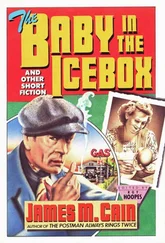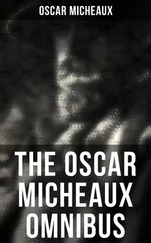One senses that Shaw’s proclamation isn’t simply an older writer’s attempt to provoke or mystify a starry-eyed tyro. The line may or may not be pivotal for Chandler’s story, but it certainly provides a key to Shaw’s notion of storytelling. Rudimentary and drained of character, these two sentences report nothing but action that’s only implicitly, if at all, related to the plot. Brandon recalls another of Shaw’s edicts, more telling than the first:
A letter from Hammett, Shaw said one day, had included the line, “I can make a better wall with the same bricks now than I could make a year ago.” Shaw was much taken by the image of the wall and referred to it again and again. “It’s the wall itself that counts for the writer,” he said, “not what it closes in or out — that’s for the critics to mull over. The writer’s business is just making the best wall he can.” [3] Ibid., 708.
Although Shaw insisted in the March 1931 issue of Black Mask that the magazine’s contents reflected his readership’s distinctly modern morality, which opposed “unfairness, trickery, injustice, cowardly underhandedness” and stood “for a square deal and a fair show in little or big things,” his shoptalk with Brandon exposes him as something of a doctrinaire formalist. [4] Joseph Shaw, “Greed, Crime, and Politics,” Black Mask (March 1931), 9. Quoted in Frank MacShane, The Life of Raymond Chandler (New York: E. P. Dutton, 1976), 46.
And despite their formal mastery, neither Hammett nor Chandler could quite force themselves to build a wall without considering what lies on either side of it. Cain, on the other hand, was ideally suited to the job. His spare vocabulary, skeletal syntax, and relentless action do more than realize Shaw’s ideal — they brazenly bare the genre’s devices, leaving readers like Gorman vaguely disconcerted and hungry for substance. This isn’t to say that Cain had nothing new to offer: His protagonists — gangsters, gamblers, and addicts — are some of the first true antiheroes in the hard-boiled tradition. But this, too, only takes the device of the ambiguously or unconventionally moral detective hero to its logical conclusion, demonstrating that the genre’s animating feature is action, not character. As Irvin Faust writes in the afterword to a 1978 reprint of Fast One , “the pace takes over, is itself a major character, perhaps the major character, and it controls the book.” [5] Irvin Faust, “Afterword,” in Fast One (Carbondale: Southern Illinois University Press, 1978), 311.
Cain doesn’t merely stick to Black Mask ’s reduced palette; his Blacks, Reds, and Greens constantly call attention to its elemental makeup. One risk of this approach, of course, is painting oneself into a corner. Cain “went all the way,” alright — and dropped into the pocket Shaw had called.
All the same, within the confines of his genre, Cain’s work is remarkably diverse. For a virtuoso, self-imposed limitations can be assistive, even liberating — and Cain was nothing if not virtuosic. He did with the hard-boiled manner what Paganini had done with a single string.
Fast One and the Black Mask tales from which it originated — “Fast One” (March 1932), “Lead Party” (April 1932), “Velvet” (June 1932), “The Heat” (August 1932), and “The Dark” (September 1932) — represent the summit of “grim hardness,” a third-person minimalism that realizes its own implosive potential. But Cain continued to experiment in this vein. “Murder Done in Blue” (June 1933), for instance, puts his ingenuity with the third-person perspective on full display. The story’s structure is cinematic, opening with close ups of three apparently unconnected murders before anchoring us to the protagonist who’ll connect the dots, ex-studio stuntman Johnny Doolin. Cain toys with our expectations, inviting us to an intimate dinner scene at Doolin’s kitchenette, but denying us true access:
A rather pretty fresh-faced girl was stirring something in a white saucepan on the little gas stove. She looked up and smiled and said: “Dinner’ll be ready in a minute,” wiped her hands on her apron and began setting the table...
She was twenty-three or — four, a honey-blonde pink-cheeked girl with wide gray eyes, a slender well-curved figure.
Doolin went to her and kissed the back of her neck.
The girl of indeterminate age is Doolin’s wife; the “something” in the saucepan is dinner. We get no help from Cain.
On closer inspection, however, Cain’s stories feature a complexity of characterization beyond what one expects from his style. His protagonists may, at some level, be abstractions, but they could not function if they lacked depth. They individuate in subtle ways, especially in the first-person narratives. Black, who’s as tough as they come, radiates just enough warmth, by way of humor, to suggest a hint of vulnerability:
It was dark there, there wasn ’ t anyone on the street — I could have walked away. I started to walk away and then the sucker instinct got the best of me and I went back and bent over him.
I shook him and said: “Come on, chump — get up out of the puddle.”
A cab came around the corner and its headlights shone on me — and there I was, stooping over a drunk whom I ’ d never seen before, who thought my name was McCary.
And there he is, a hard man whose momentary pause, a concession to a soft instinct, sets “Black” in motion. Cain’s minimalism also creates a context for an unusually effecting depiction of shock. Consider Red’s reaction to the sight of a corpse in “Parlor Trick”: “I looked at the glass and I looked up at the man again. I think I said: ‘Christ,’ very softly.” So much hinges on that “I think,” which undermines the rigid composure of Red’s voice. It’s worth remembering that trauma and its repression are a recurrent theme. As Kells quips through a grin, “I came back from France... with a set of medals, a beautiful case of shell shock and a morphine habit you could hang your hat on.”
In other stories, Cain mastered the tone of breezy, world-weary confidence — which implies total competence. Keenan of “Dutch Treat” (December 1936) could take up any of the Continental Op’s cases midstream without missing a beat:
Our firm — the Old Man was it, Lefty and I just worked for him — handled more insurance cases than anything else and had a pretty swell reputation — as reputations of confidential investigating outfits go.
Hammett, that Lefty, would be proud. An even breezier tone whistles through the pages of “One, Two, Three” (May 1933), this time with a witty formal justification: The unidentified P.I. recounts his case during a poker game, punctuating the narrative with an occasional “I’ll take three off the top, please” and “Pass.” The cards bring their own momentum to the table.
This touches on another of Cain’s abiding themes, or rather, motifs: the gambling mentality. Be they grist for the mill of a penny-ante racket — like the black cabby Lonny in “555” (December 1935) — or high-rollers like Kells in Fast One , Shane in “Red 71” (December 1932), and Finn in “Sockdolager” (Aril 1936), Cain’s characters are always eloquent barometers for the thrills and desperations of the sporting life:
That Number Two spot was an inspiration. The Santa Anita track had just opened and all Southern California had gone nag-nutty. We got the cream in Number two; at two o’clock of any afternoon in the week you could stand in the middle of the main room and poke your finger in the eye of anywhere from ten to two dozen picture stars, wives of stars, “cousins” of producers, and just plain rich women. If you think men are natural gamblers you ought to see a lot of gals who can afford it in a bunch. A two grand parlay was chickenfeed. (“Sockdolager”)
Читать дальше
